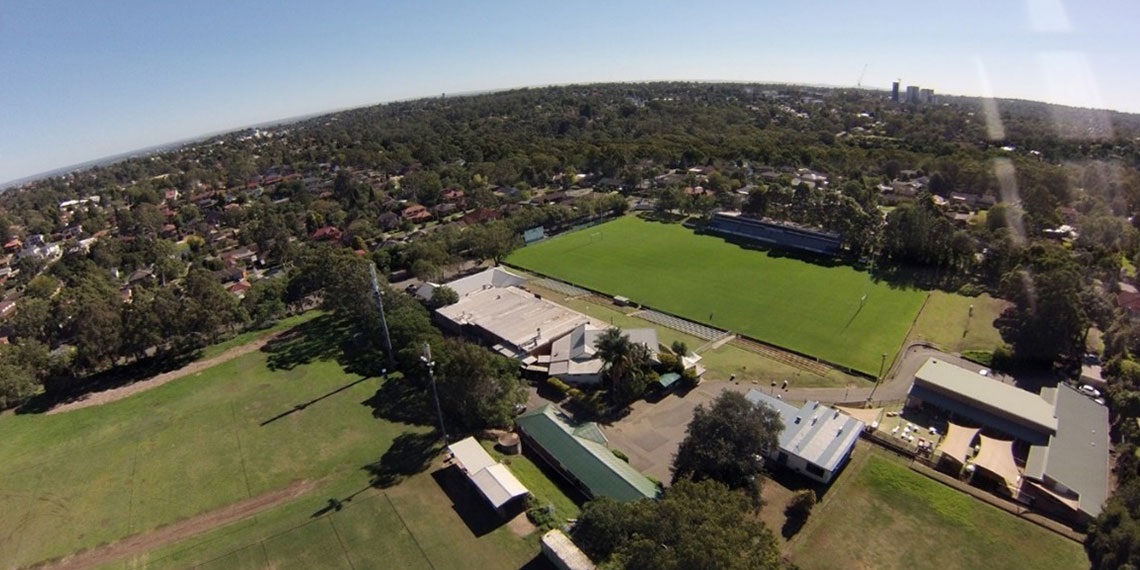The challenges of the COVID-19 pandemic have again thrown into stark relief the willingness of Australian mining to step up in tough times.
As many sectors shut down and many Australians lose their jobs, the minerals industry has kept operating with health and safety its highest value and first priority.
The industry doesn’t take that ability to continue operating for granted. We are fortunate to be able to keep people in work and mines running, based on our responsible action to protect workers, families and communities.
Developing and implementing national COVID-19 protocols and guidelines – along with locally-led responses in remote Aboriginal and Torres Strait Islander communities – helped keep the industry operating even as state and territory borders closed.
This responsive and responsible approach was recognised by Australian resources ministers, the AWU and the CFMEU – all acknowledging the importance of the protocols in protecting workers and local communities.
When bushfires raged over summer, our members rallied to provide practical and financial support to firefighters and affected communities. That same spirit is alive within the industry as we learn to live with today’s crisis.
The industry has protected and supported local communities by greatly reducing fly-in, fly-out workforces and using supply chains to meet the vital health needs of local schools, remote communities, doctors and hospitals.
The resources sector not only underpins Australia’s success as a trading nation – generating $290 billion in export earnings last year – it’s also part of the identity of many communities and regions.
So what’s next when Australia begins to emerge from the pandemic and look for high-growth policy options to support a stronger economic recovery?
Two things are very clear: Stronger business-led growth, as noted by the Prime Minister, will lead Australia to recovery; higher taxes will discourage investment, impede growth and threaten jobs.
The minerals industry pays its fair share of tax and royalties, with annual contributions of $31 billion funding doctors, nurses, hospitals, police and other essential services and infrastructure in the cities and regions.
Over 13 years, the industry has paid $234 billion in company tax and royalties. That’s enough to build 9500 schools or 340 hospitals.
For the industry to continue as a global leader and be competitive Australia’s fiscal settings should encourage investment and growth.
A balanced approach provides governments and the community with an appropriate share of the benefits from Australia’s rich resources bounty, and benefits industry and the economy through a competitive business tax system that attracts investment, encourages risk-taking and creates jobs in our regions.
Globally company tax rates have been reducing since 2010 – except in Australia, which has not reduced large business taxes for two decades.
Australia’s company tax rate is 3 per cent higher than the G20 average and the second-highest in the developed world.
With the Governor of the Reserve Bank warning of the severity of the coming economic downturn and emphasising the importance of pro-growth, pro-productivity reforms, the post-COVID recovery provides a great opportunity using the ³Ô¹ÏÍøÕ¾ Cabinet model to supercharge economic recovery through sensible policy reform.
We already have a COAG strategic agenda for resources. This should urgently be recast as a blueprint for national recovery and reconstruction.
When mining projects can take more than a decade to deliver, it’s clear that faster project approvals – including streamlined environmental assessments to remove wasteful duplication between federal and state systems and create a one-process, one-decision model – can help deliver Australia’s economic recovery without compromising environmental protection.
Government support for R & D incentives should be broadened to accelerate innovation by Australia’s mining production, equipment manufacturers and services providers, which could also benefit other industries including the defence sector.
Retraining and skills development could be fast-tracked by expanding the Mining Skills Organisation pilot, Queensland’s Centre for Mining and Manufacturing and the WA School of Mines.
There are also opportunities to support exploration for minerals of strategic importance (such as copper, rare earth elements and battery minerals) in priority greenfield areas across Australia.
Post COVID-19, world demand for metals and minerals – especially industrial metals such as steel, copper and aluminium – will grow in line with the expanding needs of highly populated nations.
The shift to lower emissions will also drive increased demand for new metals and rare earth elements used in renewable energy and batteries. Australia should consider how to add value to exports by processing minerals into refined products.
The mining industry has always underpinned Australia’s economic prosperity.
If governments grasp the chance for sensible reform as the post-COVID era dawns, the industry can do even more for Australia.
This article was published in The Australian on 28 April 2020.








